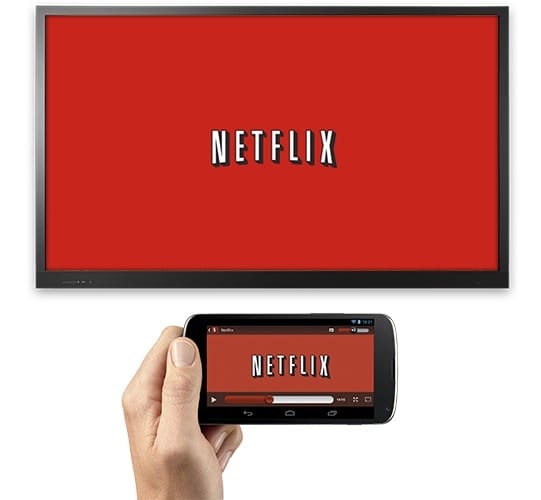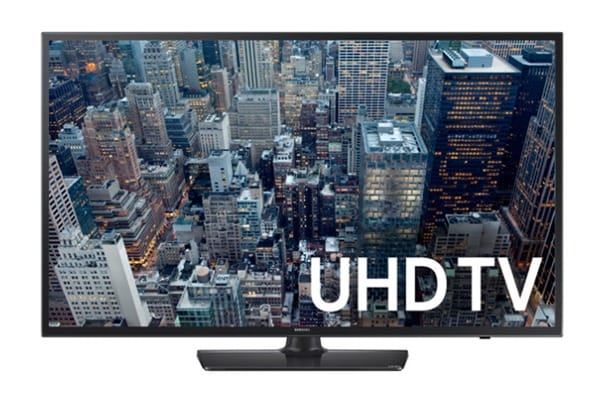HDCP Woes

HDCP Woes: a reader asks…
I have an older LG HD TV and up until now used a Wii as a streaming device using the designated white, yellow and red cables. I found out that some streaming services will no longer be supporting the Wii connection. I am searching for the best device to use in place of the Wii and I am thinking Amazon Fire Stick is one of the best choices. I have already tried a Roku Premiere and followed any and all instructions to properly install it but whenever I tried to actually play a program on Netflix, etc., I received an error message…it referenced error code 020. When looking up that error code, it could not be found. Fed up with the Roku. In order to use an Amazon Fire Stick, it is necessary to use a convertor with it in order for it to be connected properly? There is some debate in the house here whether that is necessary or not? I say it is. Can you help?
Without the specific model number of your TV, I can only give you some guesses and some background information about your situation. The error code 020 relates to an HD copyright protection (HDCP) error.
Fyi, many older TVs can’t accept modern protected content (like Nexflix movies) because they lack the necessary circuitry to gain authorization to play “protected content”. Protected content is a generic term for anything that could be considered of value but is not a physical object. Like the electronic files for movies, videos, music, software programs, etc.
Years back a number of laws were passed attempting to stop piracy of movies, videos, music and other ‘virtual’ property of artists. Here’s the Wiki about HDCP and here’s the Wiki about the DMCA law.
In short, the movie, TV and music recording studios wielded their power in government lobbying to get strict laws passed to try to stop piracy. Unfortunately, that resulted in grandmothers and children being arrested for copying commercial CD/DVD disks and distributing the movies, videos and music to others, either by copied disk or over the internet. This fits the definition of piracy, and is against the law.
But stopping real piracy in non-physical property isn’t as easy as doing the same for physical property. So hardware manufacturers built circuitry into their TVs, home theater systems, and devices like the Roku, Firestick, Apple TV, etc. to prevent such piracy. Basically:
- When you connect an HDCP device to another HDCP device, the two devices communicate with each other to verify they are legally able to transfer the protected content (e.g., movies, videos, music, etc.) from one device to the other.
- If one device (for whatever reason) doesn’t communicate successfully with the other, HDCP circuitry prevents the protected content from being transferred.
Notice the above has nothing to do with whether or not you paid Netflix for the content, and whether you (as a person) are legally able to play the protected content.
When streaming first started, the streaming services knew there were older devices in use that didn’t have this circuitry, so for a number of years they allowed certain devices to skip the HDCP process and still play the protected content. Enough time has gone by that there just aren’t enough of these old devices in use anymore, and the streaming companies must comply with HDCP laws, so they’re now forcing HDCP verification on all devices.
So even if you switched from using the Roku to using a Firestick (with an appropriate converter box to change HDMI to older analog white, yellow and red cables), the streaming services will most likely not allow your old TV to play the protected content, for the same reason your Roku won’t.
Of course, all the above is a guess, without the specific model number of your TV I don’t know whether it has HDCP circuitry built in or not. If it does, it could be a simple matter of unplugging the Roku, waiting 30 seconds or so and plugging it back into the TV. This should force the HDCP circuitry to initiate the verification process.

If your LG TV has HDMI ports, then it should have HDCP circuitry built in – but some of the very early TVs that had this capability were not fully compliant with the HDCP standards the manufacturers developed. So even then you may be forced to buy a new TV.
On the plus side, there are some very low cost (under $200, some under $100) HD TVs you could use to watch your streaming services. Best Buy has tons of HD TVs in all price ranges.
This website runs on a patronage model. If you find my answers of value, please consider supporting me by sending any dollar amount via:
or by mailing a check/cash to PosiTek.net LLC 1934 Old Gallows Road, Suite 350, Tysons Corner VA 22182. I am not a non-profit, but your support helps me to continue delivering advice and consumer technology support to the public. Thanks!







